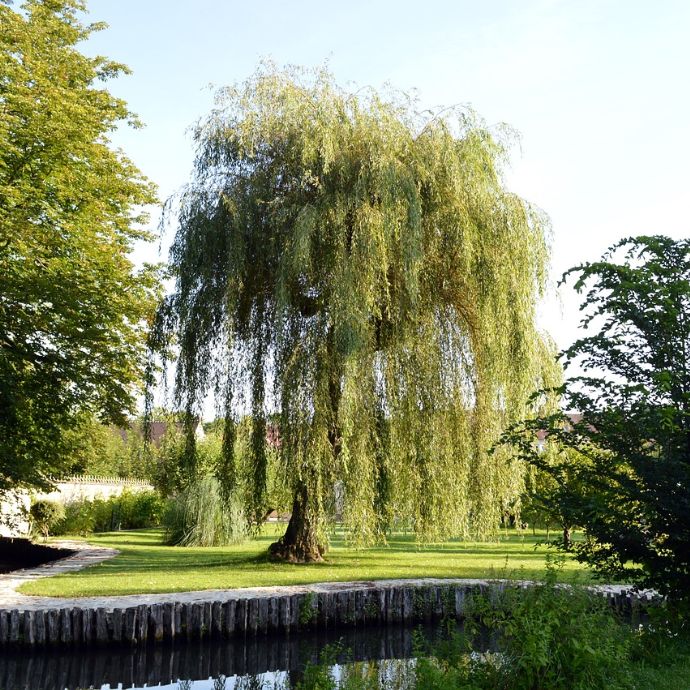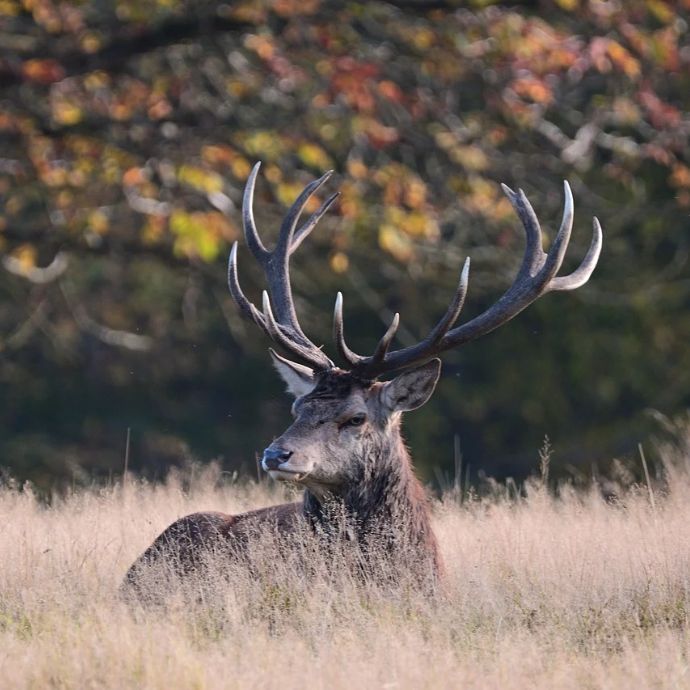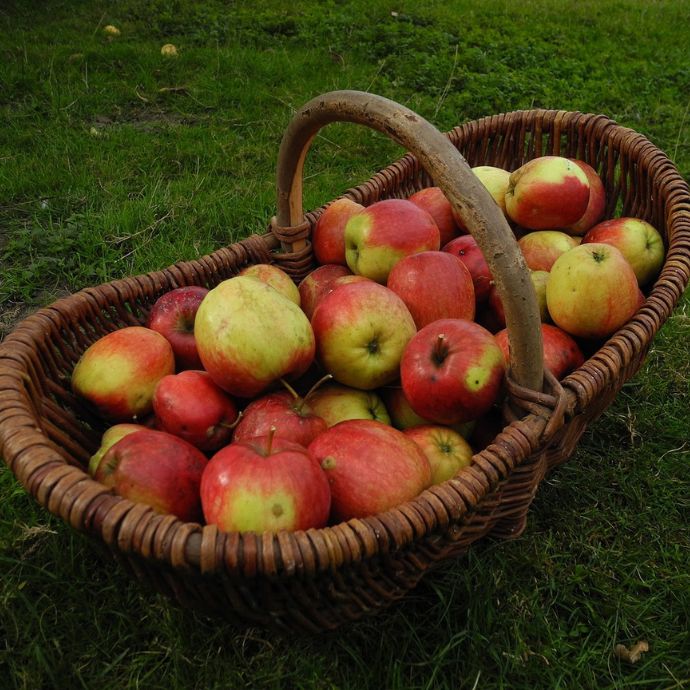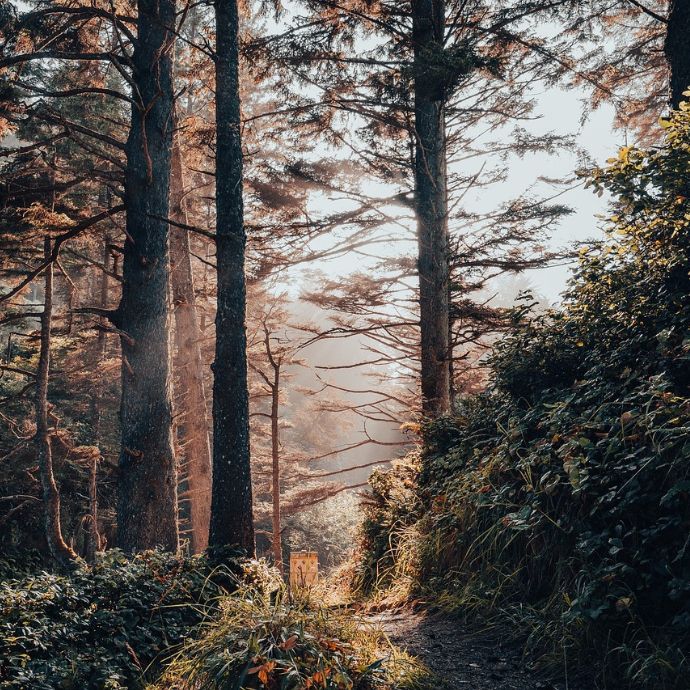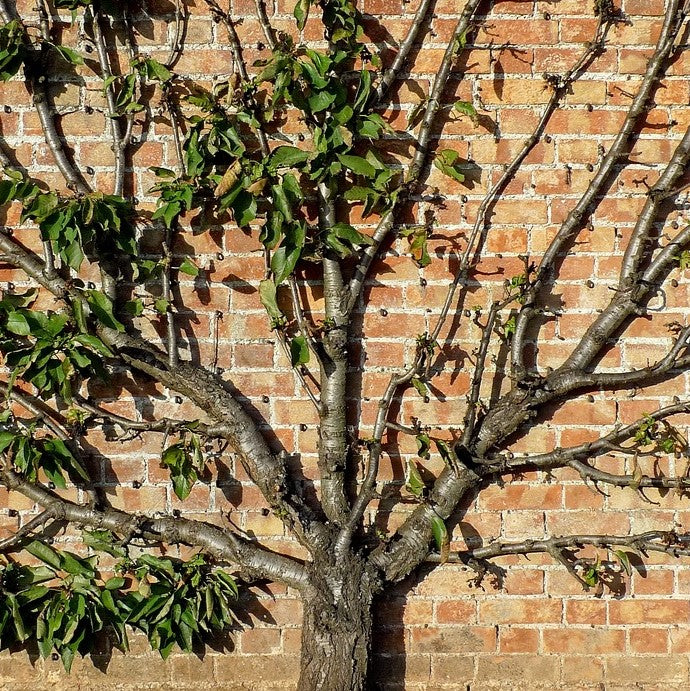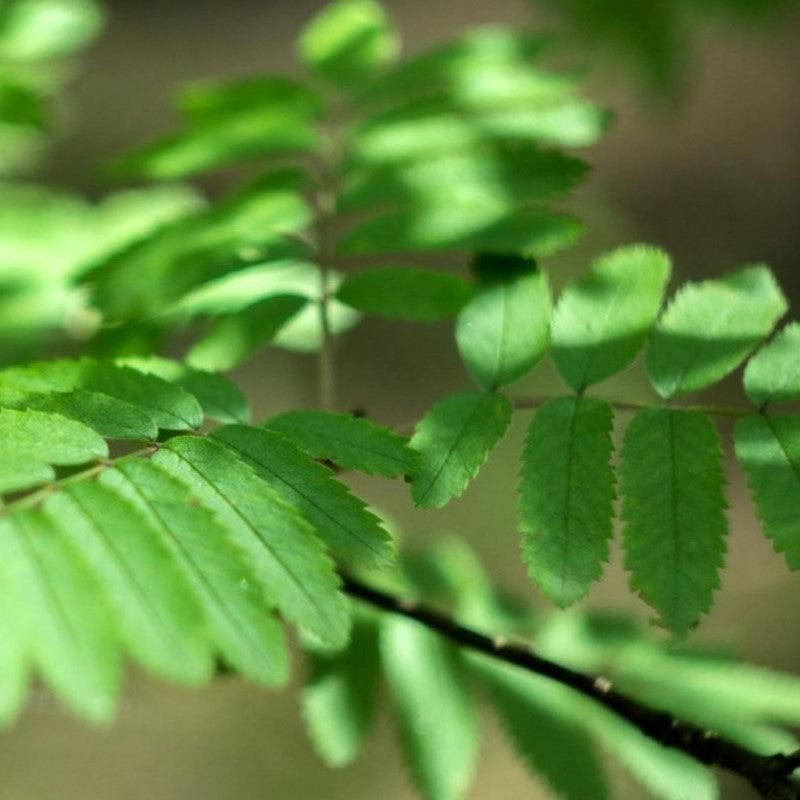Advice & Inspiration
The World’s Oldest Trees

Read about eight of the most enduring trees in the world - then grow your own!
What are the world’s oldest trees? It’s a complex question! There are tree species still in existence today which have been around for millions of years and colonies of clonal trees which have lived for tens of thousands of years, but I’m going to focus on single specimens - there’s just something so impressive about an individual tree that’s stood for thousands of years, seeing human civilisations come and go.
I’ve chosen eight trees that you can still grow in your garden today - because who doesn’t love a piece of living history?
The oldest tree planted by humans
A sacred Fig tree called Jaya Sri Maha Bodhi can be found in Sri Lanka - it’s said to have sprung from a branch of the tree under which the Buddha found enlightenment. The world’s oldest documented tree, it was brought from India by a Buddhist nun and planted in 288BC by King Devanampiyatissa. The oldest tree known to have been planted by a human rather than by natural seeding is also a Fig - a 2,300-year-old sacred fig or bo-tree (Ficus religiosa) that has been named Sri Maha Bodhiya, and stands in Anuradhapura, Sri Lanka. It was planted there in 288 BC.
If you’re the kind of person who looks at a 2,300 year old fig tree and sees a challenge, get yourself a fig tree here.
Yew Trees - the UK’s oldest trees
Yew trees are among the longest lived of the UK’s native trees, so it’s no surprise that they’re surrounded by history and legends.
The Llangernyw Yew can be found in the churchyard of St. Dygain's Church in Llangernyw village, North Wales. About 4,000 years old, it was planted sometime in the prehistoric Bronze Age - and it's still growing! The tree is also rooted in Welsh mythology, as it is linked to a spirit called Angelystor, or The Recording Angel.

At 3,000-4,000 years old, the Ashbrittle Yew (pictured above, courtesy of David Smith) in Somerset was mature when Stonehenge was built, and stands on a Bronze Age barrow where a pre-Roman general is said to be buried.
Not too far behind is the the Ankerwycke Yew, which is thought to be around 2,500 years old. Standing near Runnymede National Park in Surrey, it was witness to the sealing of Magna Carta, and some say Henry VIII’s courtship of Anne Boleyn. It is even thought that he proposed to her beneath the Yew, but let’s not hold that against it.
Methuselah - it’s older than, er…
Methuselah is an ancient bristlecone pine tree that lives in Inyo National Forest, California. Until 2013 it was the oldest known non-clonal organism on earth. It’s still alive and well at the ripe old age of 4,854, but scientists have now discovered that one of its neighbours is over 5,000 years old. The exact location of both trees are kept secret in order to protect them from trophy hunters and initial carvers. Fun fact: Methuselah, the legendarily long-lived Biblical patriarch, was only 969 years old when he died, making Methuselah the tree substantially older than Methuselah.
This tree has seen things…
In fact it’s seen pretty much everything. A Cypress tree in Yazd province, Iran is believed to be the oldest living thing in Asia. Named Sarv-e Abarqu, it’s believed to be at least four thousand years old, meaning that it witnessed the start of the earliest human civilisation in Mesopotamia. The ancient Sumerians of Mesopotamia invented the cuneiform writing system, the base sixty numeric system and the twelve month year, also building the first cities including Babylon.
The Olive Tree of Vouves - still working at 3,000
Seven olive trees on the Greek island of Crete are estimated to be between 2,000-3,000 years old and are still producing fruit! The oldest of them is the Olive Tree of Vouves (pictured at the top, courtesy of David Hodgson). It’s believed to be between 3,250-4,000 years old, based on the age of cemeteries found nearby which date from the Geometric period (c. 900-700 BCE). The Olive Tree of Vouves now has its own museum - the website is down, but a Tripadvisor review describes it as ‘like a garden shed really, but good for a cigarette break’. Part of the reason there are so many ancient olive trees is their hardiness - they’re drought, disease and fire resistant.
The Tree of One Hundred Horses
At between 2,000-4,000 years old and a circumference of 57.91m, this Sicilian tree is the biggest and oldest known chestnut tree in the world. It gets its name from a local legend in which Princess Giovanna of Aragon and her hundred knights (and presumably their horses) were able to shelter from a heavy rainstorm beneath its massive canopy and emerge completely dry! This is a tree that isn’t afraid to live life on the edge - it’s situated on Mount Etna - one of the most active volcanoes in the world - and during its lifetime has seen over sixty serious eruptions.
How many horses can YOU fit under a chestnut tree?

Ginkgo Biloba - the tree that saw the dinosaurs come and go
Although the oldest living specimen is a mere 1400 years old, as a species Ginkgo Biloba is one of the oldest in the world. It’s the only surviving member of the Ginkgophyta family, all the others being long extinct. This ancient group of trees date back to before the dinosaurs showed up, between 245 and 66 million years ago. Fossils of Ginkgo leaves have been found that date back to 170 million years ago and they’re almost identical to the leaves of the tree we know today, giving Ginkgo Biloba its nickname of The Living Fossil. But that suggests its time is past - that’s not the case. Ginkgo trees make an attractive addition to any medium to large garden, with their uniquely fan shaped leaves and golden autumn tones. They’re ideally suited to today’s world, being frost, heat and pollution tolerant as well as pest and disease proof. But considering what they’ve had to deal with over the past few hundred millennia, that’s maybe not so surprising!
Magnolia - the oldest flowering tree
Fossil remains dating back to the Cretaceous period (145-66 million years ago) suggest that Magnolia may have been the first flowering plant on earth. Since bees have only existed for about 100 million years, Magnolias evolved to be pollinated by beetles, and still are today. The first Magnolia tree came to the UK in 1688, brought from the USA by a missionary, and by 1800 most American species had been introduced and were being cultivated here.
The oldest Magnolia specimen is a four hundred year old Saucer Magnolia that was planted in China during the Wanli period of the Ming Dynasty somewhere between 1573 and 1620. Its white and pink flowers still bloom every March and are said by local people to be like lotuses - earning it the nickname of The Lotus on Land.
Usually Magnolia trees have a lifespan between 80-100 years, but you never know your luck!
Why do some trees live so long?
Compared to humans and other animals - and even other plants - some trees have an incredibly long life span. Scientists discovered that 600 year old Ginkgo trees were as vigorous as 20 year old specimens and that this was due to the apparent absence of cell death - leading some to speculate that their life spans may be infinite! So how do they do it?
It’s down to several factors that mean the tree doesn’t age or get damaged in the same way we do - these include environmental factors and evolutionary adaptations:
Meristematic cells
Meristems are tissues in which the cells don’t age and keep dividing actively throughout the life of the plant. This means that the tree can replace any lost or damaged organs at any point in its life.
Sectored vascular system
Most plants move nutrients around to where they’re needed by means of a vascular system. In trees it supplies three organs - the roots, stem and leaves - with the root section of the tree able to survive and re-grow even if another part is dead.
Cloning
Some plants, including many trees, reproduce by means of fallen branches which, in the right conditions, grow into genetically identical clones of the same tree.
Position
It looks like most of the world’s oldest trees got lucky in terms of position - they’re rooted deep under rocks, difficult to get to (so they didn’t get chopped down) and isolated from other trees so pests, diseases and fires didn’t spread.
There are many other reasons why a tree would live longer including climate, a slow growth rate and the ability to ‘pause’ their growth or go dormant, when the conditions are less than perfect.
Will the oldest trees eventually die of old age? If I’m still around to see it, I’ll let you know!
